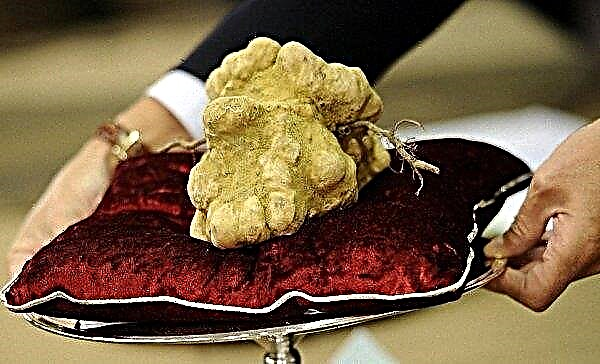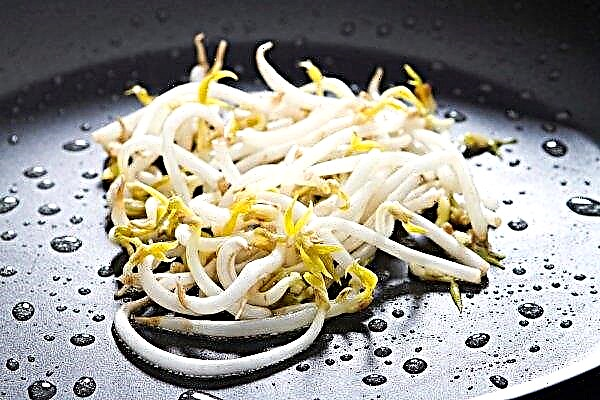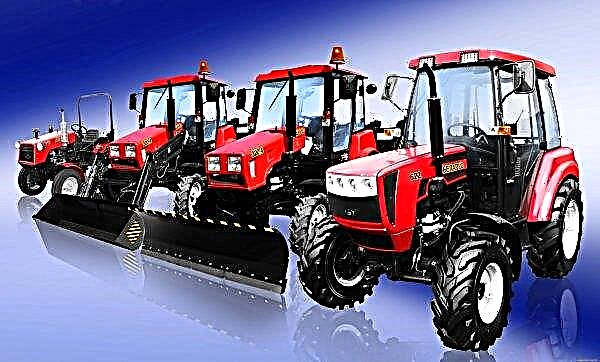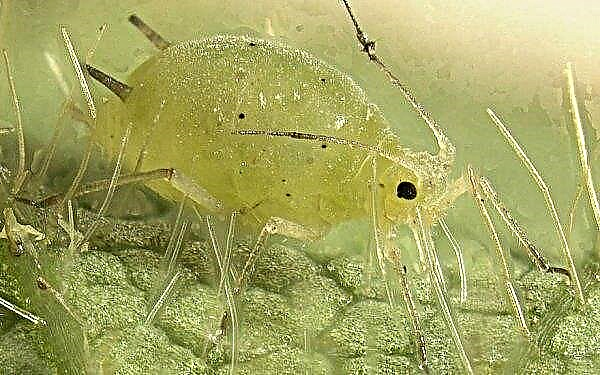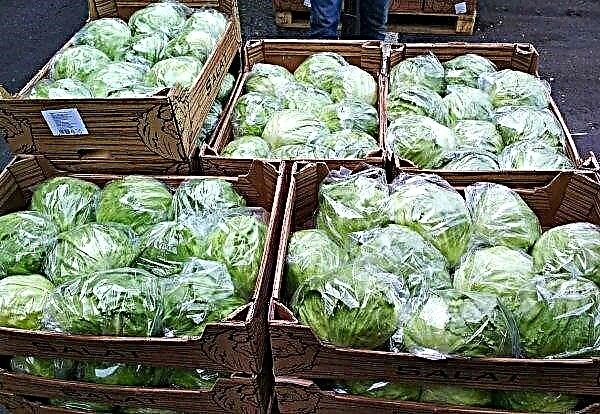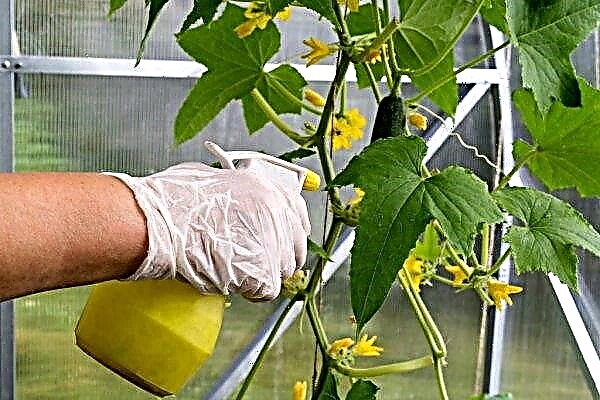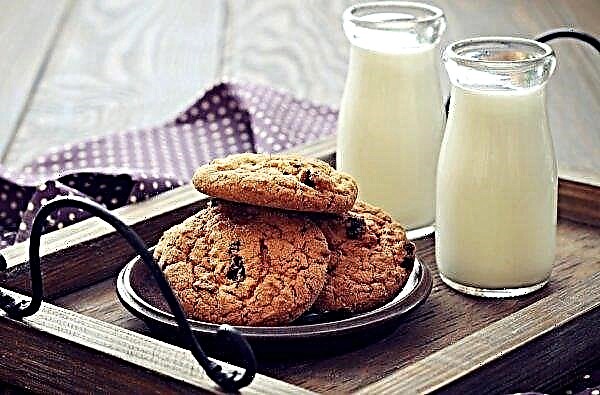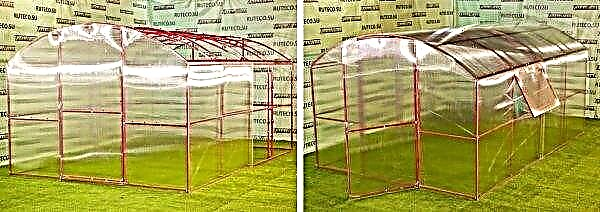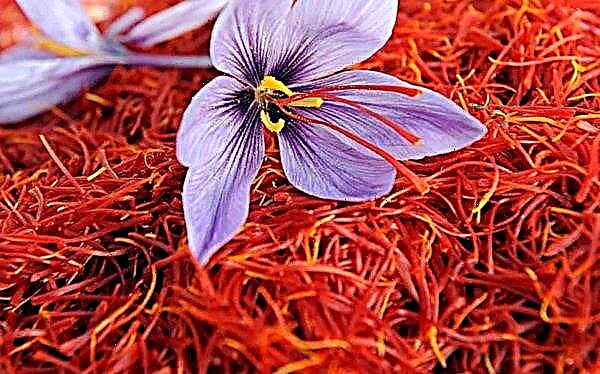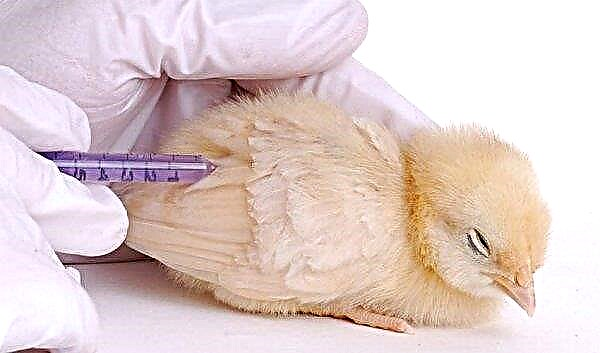Many pigeon breeders have been faced with a situation where the chick for some reason needs to be fed manually. This process is very complex and requires tremendous work and patience, however it is possible to feed pigeons, and definitely worth trying.
What do pigeon chicks eat?
The diet of pigeons is diverse. However, they can eat most foods only after 2, or even 3 weeks of life.
Pigeons eat:
- chicken yolks;
- millet;
- oats;
- barley;
- corn;
- peas;
- polished rice;
- wheat and millet;
- vetch.
How to feed?
Feeding birds at the age of 1-3 weeks is difficult, but nothing is impossible. You will have to be patient, as a person will have to teach the feathered person to self-feed. The first week is the most difficult, but the subsequent days of his life depend on how to care for him, how many times and how to feed him.
Important! The main problem during this period is the refusal of the chicks from the syringe. It is necessary to make every effort in order to accustom the baby to eat that way. Otherwise, the bird will die within 20 hours.
First week
The first week of life will be decisive for the bird. A large part depends on human efforts and perseverance, but the instinct for survival will also play a role.
Feeding rules in the first days of life:
- The first 7 days, the pigeon can eat only warmed (important: not boiled) chicken yolk.
- It is necessary to give it through a large syringe (50-10 cubes) with a rubber tip (small nipple), in which there is a small hole. Squeeze out the liquid gradually, bringing the nipple closer to the bird's beak.
- You need to feed the kids at least 6 times a day and give as much yolk as they agree to eat.

Second week
Pigeons have already grown stronger, and the likelihood of their death has decreased. But during this period there are features in the nutrition of pigeons (for example, what kind of porridge to feed):
- After 8 days of life, the babies begin to feed with crushed steamed grain with ground eggshell. Such porridge will enrich the body with all the necessary "building" materials. You can add honey, and the bird is more likely to use the mixture.
- The feed is fed through an ordinary large syringe.
- Food is made at least 6 times a day until fully saturated.

Third week
The bird must be transferred to adult food, that is, to whole grain. Nursing babies during this period is especially interesting, as they are stronger and begin to show behavioral characteristics.
Feeding:
- Pigeons are transferred to whole steamed grain. If the grain became too large during the heat treatment, it must be divided in half. Once a day you can give chopped greens.
- The bird itself will not eat at this age, so it is necessary to put food in its beak.
- One feeding usually involves eating 2-3 whole grains by a bird. The number of meals is 5-6 per day.
- During this period, the pigeon is taught to drink water. To do this, it is necessary to soak the beak in water (so that the liquid does not enter the sinuses). Immediately the chick will not drink, but after a few attempts the instincts will take their toll, and he will begin to drink.

Fourth week
Pigeons begin to eat independently and varied.
Feeding after the 21st day:
- Carrots, fruits (not exotic), softened bread, boiled chicken eggs.
- It is necessary to feed through a syringe or a small bottle until saturated 5-6 times a day.
- Pigeons, in connection with an increase in diet, will begin to consume a lot of water. Clean water should be available at all times.
Important! In the third week of life, pigeons open their eyes, and during this period it is necessary to come to them in the same clothes so that they can remember a person.
Feeding chicks
The grown individuals completely switch to adult solid feed (wheat, raw seeds, peas, corn). All crops can be minced a little and poured into a bird feeder, as it can already feed on its own. As a top dressing, use cabbage, greens, nettles.
How and what to drink?
Pigeons should be drunk with clean water of medium temperature. It is recommended to add vitamins to the water, which will help strengthen the body and immunity, which will be the prevention of diseases. To minimize the risk of infection, keep the water bowl clean and change the water before each watering. After the third week of life, clean water should be available around the clock.
To minimize the risk of infection, keep the water bowl clean and change the water before each watering. After the third week of life, clean water should be available around the clock.
Chick Care
Pigeon chicks are fragile creatures that are born blind, without plumage and the ability to move the first weeks of life, so they need special conditions for survival:
- The temperature should be high (+ 35-40 ° C), because in the natural environment parents would warm their babies during this period.
- The complete absence of drafts. Weak individuals may not survive the passing wind currents.
- Litter should always be clean and dry, as bacteria develop quickly in bird droppings.
- The room must be constantly disinfected, drinkers and feeders washed several times a day.
- The dovecote should be protected from insects or animals.
Did you know? In the 12th century, pigeons were valued as dearly as purebred horses. This is due to the fact that only this bird could fulfill the role of a postman.
Is it possible to feed the chick that has fallen from the nest?
It is difficult to feed a chick that has fallen out of the nest and, most often, such cases are fatal for a bird. However, there are recommendations that will help to do everything to save a life:
- Carefully raise the fallen chick and carefully examine its limbs for damage. If fractures are clearly visible, you can’t do without a veterinarian.
- In the absence of visible injuries, the bird should be brought home as soon as possible and fed according to the scheme described above. After that, you need to build her a warm safe house.
- You need to constantly monitor the baby found, because he has every hour counts. But to follow is not to bother. The pigeon should remain alone, and it is better for a person to observe him from the side.
- With proper feeding and good conditions, as well as with a high thirst for life, a small bird will certainly get stronger and will be grateful to its savior.
 So, feeding pigeons is not an easy task, which is further complicated by the fact that not everything depends on the person. But, if you make every effort, then the efforts will pay off saved by the priceless pigeon lives.
So, feeding pigeons is not an easy task, which is further complicated by the fact that not everything depends on the person. But, if you make every effort, then the efforts will pay off saved by the priceless pigeon lives.


